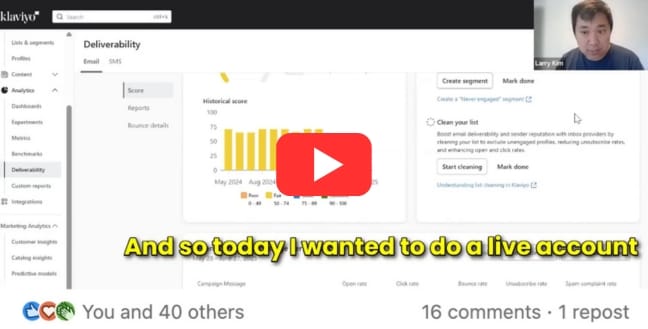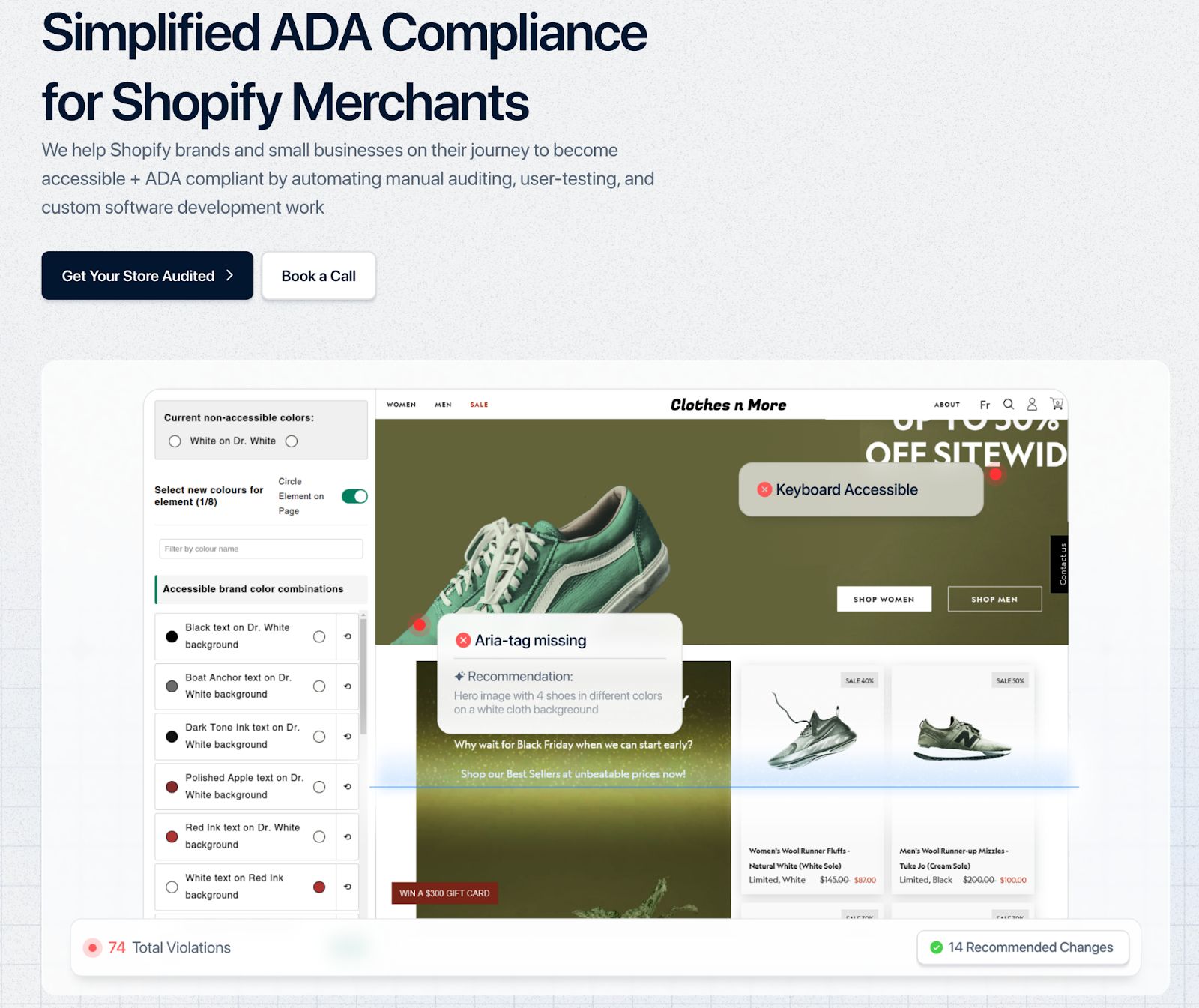- Nord Media
- Posts
- The $10M+ Attribution Model Framework
The $10M+ Attribution Model Framework
The step-by-step model testing process brands use to pick the right attribution setup.
Welcome back to the 133rd edition of Nord Media
Attribution is one of those levers that quietly controls millions of dollars in scaling decisions.
Brands doing $5M a year tend to default to whatever model their ad platform was showing. That’s fine until they cross $20M, $50M, $100M+.
At that level, a 5–10% reporting discrepancy can mean pulling spend from the channel actually driving growth.
The models look simple on paper:
Linear, Time Decay, Position-Based, U-Shaped, W-Shaped.
But choosing the right one comes down to aligning model logic with your customer journey, not gut feeling.
In this email, we’ll break down:
How to analytically test attribution models using your real customer journey data
An implementation guide for structured model A/B testing
Strategic considerations for final model selection based on purchase cycle length, AOV, and channel mix
Let’s get into it:
🚨 Why Accessibility Overlays Fail (And Could Put Your Brand at Risk)
Accessibility overlays are just scripts that sit on top of your website. They don’t actually fix the underlying code violations that lead to lawsuits.
Here’s the breakdown:
❌ They don’t make your store fully ADA compliant.
❌ They only catch surface-level issues.
❌ They don’t solve critical accessibility problems like keyboard navigation or screen reader compatibility.
❌ They can actually make your site harder to use for disabled customers.
That’s why Patrol takes a different approach—one that actually protects your brand.
✅ Meet Patrol: The AI-Powered ADA Compliance Solution for Shopify
Patrol is NOT another overlay widget. Instead, it fixes violations at the code level—meaning your store actually becomes more accessible.
Patrol automates what used to be a manual, expensive process of ADA compliance. Using research out of MIT and the latest AI advancements, Patrol detects accessibility issues that traditional overlays miss and fixes them properly.
What makes Patrol different?
🚀 Automates manual audits, user-testing, and custom software fixes
🛡️ Better protects & reduces the odds of a Digital ADA lawsuits or demand letter
📊 Provides clear compliance reports, so you know exactly where you stand
📈 Helps improve conversions by making your store more accessible to all customers
Get Started Today and save 20% off your first 12 months or email their founder Sam directly [email protected] (he’s incredible to work with) and mention you heard about Patrol through Nord Media.
Aligning Model Logic With Purchase Behavior
Every attribution model is just a weighting formula applied to your customer journey. The mistake people make is assuming there’s a default “right one.”
If you sell skincare with a 3–5 day purchase cycle, a Position-Based model tends to reflect reality. First touch and last touch are both important.
If you sell home appliances with a 30–45 day cycle, Time Decay or W-Shaped models capture those layered research and decision touchpoints better.
At $100M+ in spend, brands are not choosing models based on platform defaults. They’re mapping it against real journey data:
How long is the median time from first touch to purchase?
How many channels are in play?
What percentage of purchases happen within 1 day vs. 30 days?
If you have access to GA4, Rockerbox, or a customer data platform, pull those timelines first. That baseline shapes your model testing.
Structuring Attribution Model A/B Tests
Choosing attribution isn’t a one-click swap. It’s an analytical process.
Here’s the structure top brands use:
Set two attribution models to run side by side.
For example: Linear vs. Time Decay, or Position-Based vs. U-Shaped.Keep all campaign variables stable: budget, targeting, creative, and landing pages.
Run the comparison for at least 30–60 days to smooth out short-term noise.
Compare outcomes beyond platform-reported ROAS. Look at backend revenue, repeat purchase rates, and customer LTV.
The goal is not to pick the model with the prettiest dashboard. It’s to pick the one that holds up across reporting tools and correlates with cash collected.
Tools like Rockerbox and Wicked Reports make this easier, but the process still requires manual alignment across teams.
Building a Repeatable Model Selection Framework
Once the test period is done, it comes down to making a choice and documenting it as part of your growth system.
Here’s how larger brands approach it:
Short Cycle, Low AOV: Skincare, supplements, and apparel brands tend to favor Position-Based or U-Shaped. Those models balance first and last touch effectively.
Long Cycle, High AOV: Furniture, appliances, and B2B products lean toward Time Decay or W-Shaped. They weigh mid-funnel touches properly without over-crediting last-click.
Omnichannel Mix: Brands layering retail, online, and paid channels often customize their model weights entirely. Tools like Rockerbox can handle that, but it requires deeper setup.
Important: Model selection is not static.
Re-check it every 6 to 12 months, especially if product mix or customer journey timelines shift. Treat attribution like media buying. It needs optimization.
Lots of people have been asking me: “Is CustomersAI website visitor ID really 10x more accurate?”

Watch the live Klaviyo audit that CustomersAI CEO Larry Kim did for a DTC client of Nord Media.
Implementing the recommendations from this audit reduced spam reports by 90% instantly.
It also generated $50k in 30 days for our client.
The CustomersAI team knows what they’re talking about —
From cleaning up a mess made by low-quality data providers to cranking up accurate visitor intent signals that make Klaviyo flows generate more revenue.
If you're using visitor ID today, CustomersAI offers a free deliverability and data accuracy audit.
And if you haven't tried visitor identification for your DTC shop yet, check out Customers.AI to grow your Shopify revenue on autopilot.
Final Thoughts
Attribution is rarely exciting. It doesn’t get the same attention as creative testing or offer development, but the brands that win consistently at scale are quietly running these types of systems behind the scenes.
The difference between a channel looking like it is capped and realizing there is still 20–30% more to unlock often comes down to model accuracy.
Struggling to grow? My team and I can help.
 |  |
 |  |
HOW??
We Use Strategies and Systems that Produce Consistent Results.
We currently work with a small handful of brands from early-stage DTC startups to global brands scale smarter, grow faster and get profitable. Whether your goal rapid growth, consistency at scale or just to be profitable again, we've built systems and strategies to achieve that for hundreds of brands over the years.
The results? You get reliable and consistent growth without sacrificing your profitability.
Sound interesting and worth a conversation? Book a call
Want to learn more? Connect with me on social 👇
Follow me & Connect
Thank you for reading! I appreciate you.
Sincerely,
Kody
Disclaimer: Special thanks to Patrol & Customers.ai for sponsoring today’s newsletter.

